At the very beginning, we want to straight some things up: Geishas have nothing to do with prostitution. As K.G Marshal once wrote geisha’s purpose was “to entertain their customer, be it by dancing, reciting verse, playing musical instruments, or engaging in light conversation. Geisha engagements may include flirting with men and playful innuendos; however, clients know that nothing more can be expected. In a social style that is common in Japan, men are amused by the illusion of that which is never to be.”
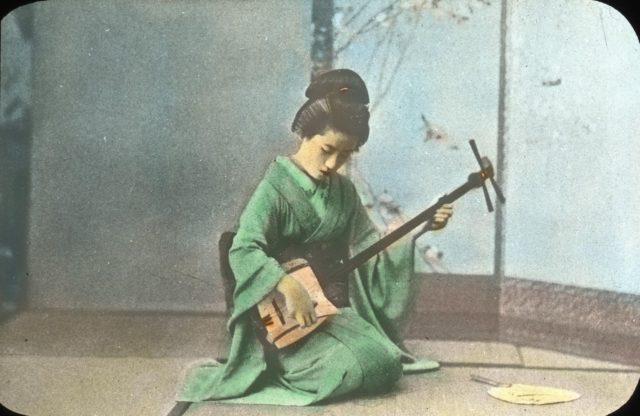
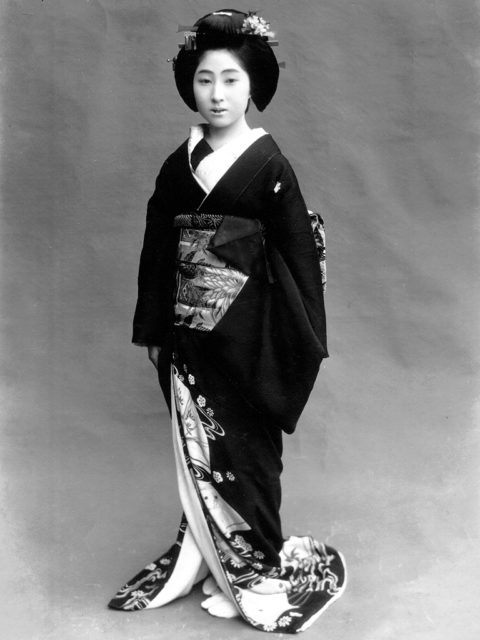
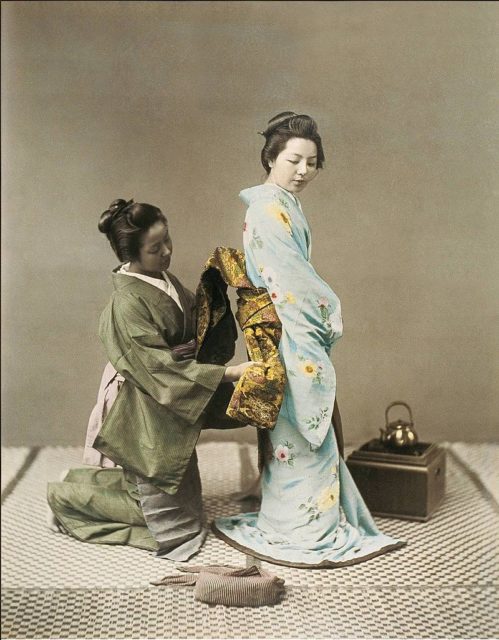
Furthermore, Sheridan Prasso wrote that Americans had “an incorrect impression of the real geisha world, where geisha means “arts person” trained in music and dance, not in the art of sexual pleasure.”
In 1872, shortly after the Meiji Restoration, the new government passed a law liberating “prostitutes (shōgi) and geisha (geigi)”. The wording of this statute was the subject of controversy. Some officials thought that prostitutes and geisha worked at different ends of the same profession—selling sex— and that all prostitutes should henceforth be called “geisha”. In the end, the government decided to maintain a line between the two groups, arguing that geisha were more refined and should not be soiled by association with prostitutes.
However, the origin of the Geisha has a close relation to concubines and prostitution.
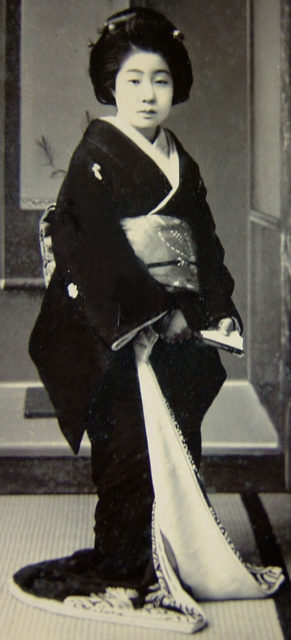
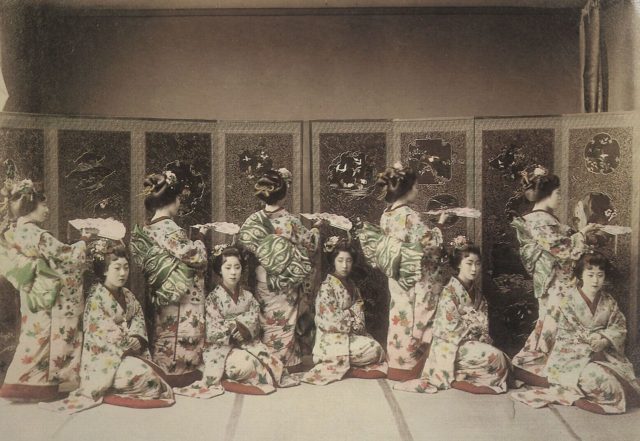
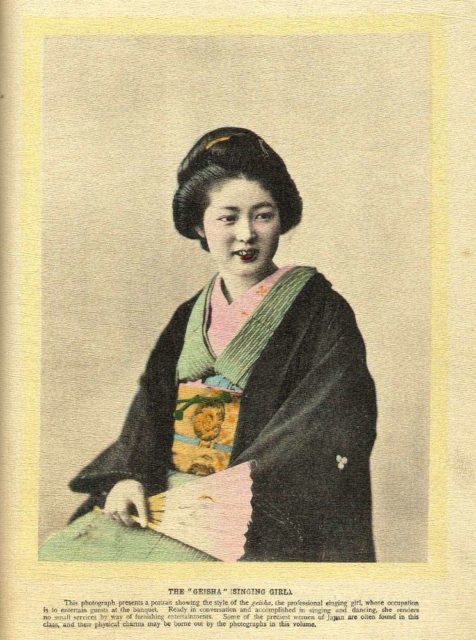
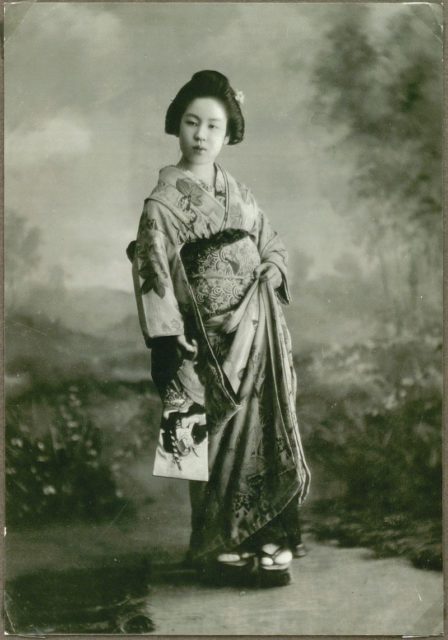
In the early stages of Japanese history, there were female entertainers: saburuko (serving girls) were mostly wandering girls whose families were displaced by struggles in the late 1600s. Some of these saburuko girls sold sexual services while others with a better education made a living by entertaining at high-class social gatherings. After the imperial court moved the capital to Heian-kyō(Kyoto) in 794 the conditions that would form Japanese Geisha culture began to emerge, as it became the home of a beauty-obsessed elite. Skilled female performers, such as Shirabyōshi dancers, thrived.
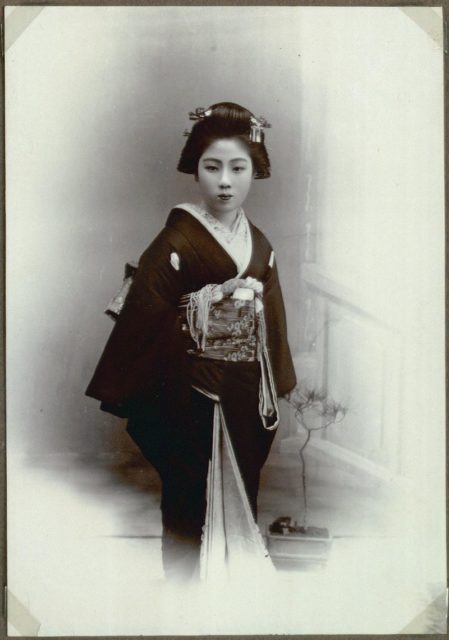
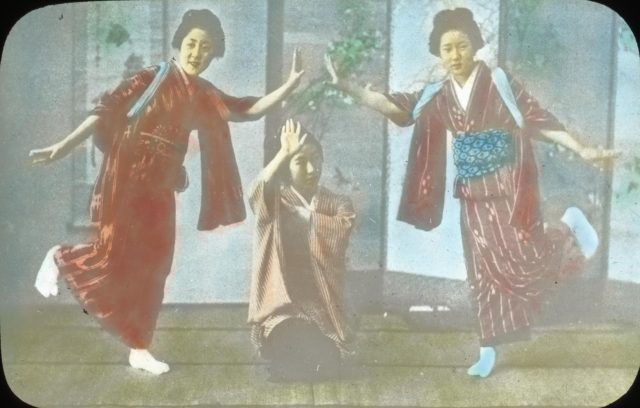
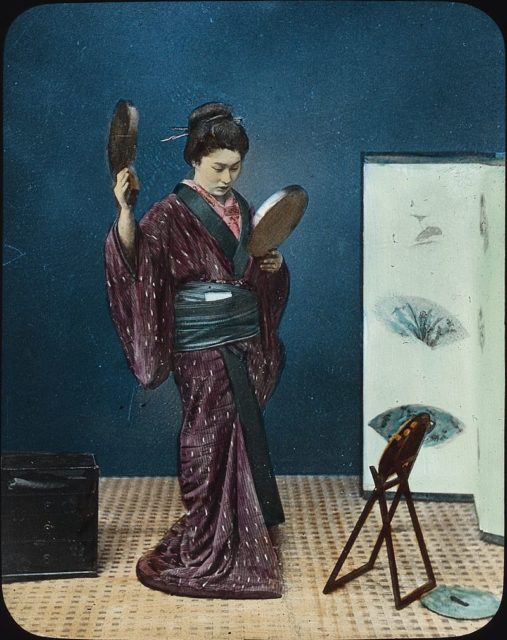
Traditional Japan embraced sexual delights (it is not a Shinto taboo) and men were not constrained to be faithful to their wives. The ideal wife was a modest mother and manager of the home; by Confucian custom love had a secondary importance. For sexual enjoyment and romantic attachment, men did not go to their wives, but to courtesans. Walled-in pleasure quarters known as yūkaku (遊廓、遊郭?) were built in the 16th century,and in 1617, the shogunate designated “pleasure quarters”, outside of which prostitution would be illegal, and within which “yūjo” (“play women”) would be classified and licensed. The highest yūjo class was the Geisha’s predecessor, called “Tayuu“, a combination of actress and prostitute, originally playing on stages set in the dry Kamo riverbed in Kyoto. They performed erotic dances and skits, and this new art was dubbed kabuku, meaning “to be wild and outrageous”. The dances were called “kabuki,” and this was the beginning of kabuki theater.
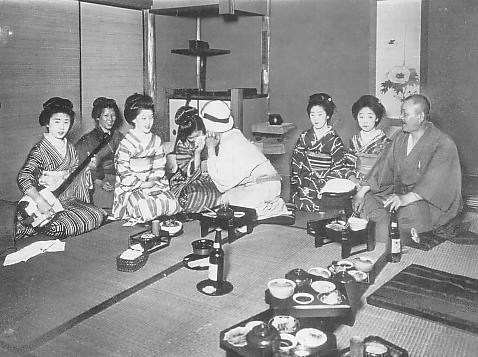
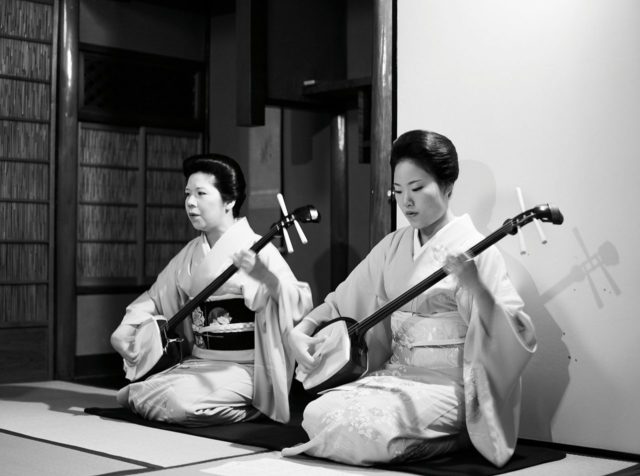
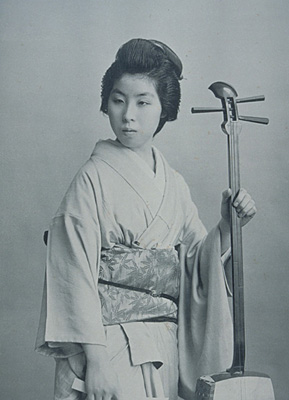
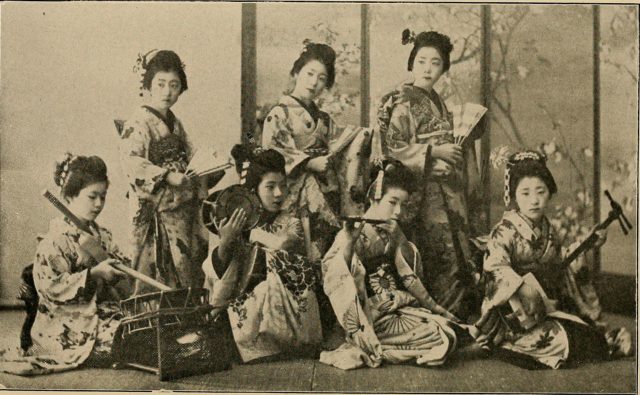
These pleasure quarters quickly became glamorous entertainment centers, offering more than sex. The highly accomplished courtesans of these districts entertained their clients by dancing, singing, and playing music. Some were renowned poets and calligraphers. Gradually, they all became specialized and the new profession, purely of entertainment, arose. It was near the turn of the eighteenth century that the first entertainers of the pleasure quarters, called geisha, appeared. The first geishas were men, entertaining customers waiting to see the most popular and gifted courtesans (oiran).
The forerunners of the female geisha were the teenage odoriko (“dancing girls”): expensively trained as chaste dancers-for-hire. In the 1680s, they were popular paid entertainers in the private homes of upper-class samurai, though many had turned to prostitution by the early 18th century. Those who were no longer teenagers (and could no longer style themselves odoriko) adopted other names—one being “geisha“, after the male entertainers. The first woman known to have called herself geisha was a Fukagawa prostitute, in about 1750. She was a skilled singer and shamisen-player named Kikuya who was an immediate success, making female geisha extremely popular in 1750s Fukagawa. As they became more widespread throughout the 1760’s and 1770’s, many began working only as entertainers (rather than prostitutes) often in the same establishments as male geisha.
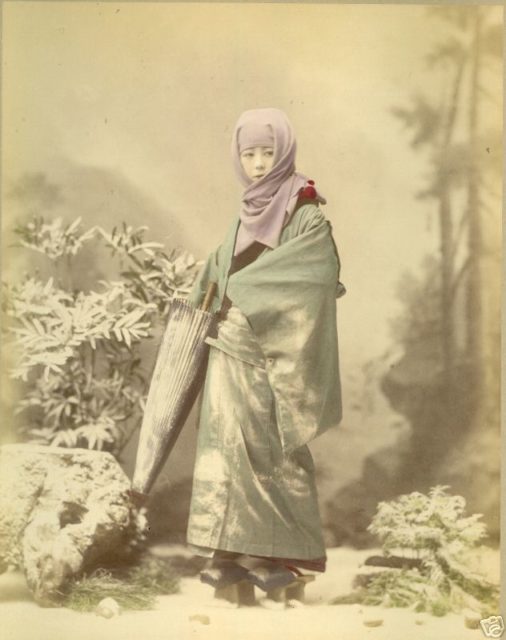
The geisha who worked within the pleasure quarters were essentially imprisoned and strictly forbidden to sell sex in order to protect the business of the Oiran. While licensed courtesans existed to meet men’s sexual needs, machi geisha carved out a separate niche as artists and erudite female companions.
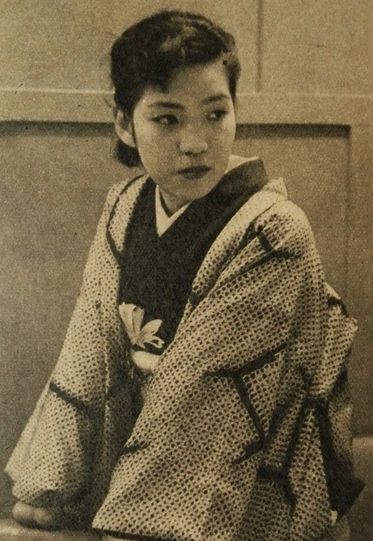
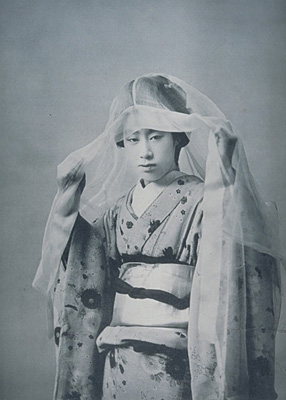
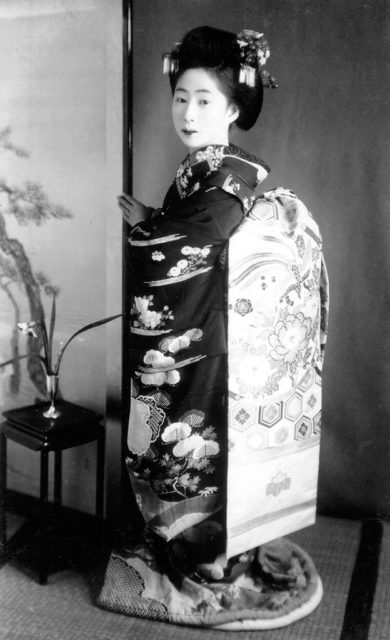
By 1800, being a geisha was considered a female occupation (though there are still a handful of male geisha working today). Eventually, the gaudy Oiran began to fall out of fashion, becoming less popular than the chic (“iki”) and modern geisha. By the 1830’s, the evolving geisha style was emulated by fashionable women throughout society. There were many different classifications and ranks of geisha. Some women would have sex with their male customers whereas others would entertain strictly with their art forms. Prostitution was legal up until the 1900’s (decade), so it was practiced in many quarters throughout Japan.
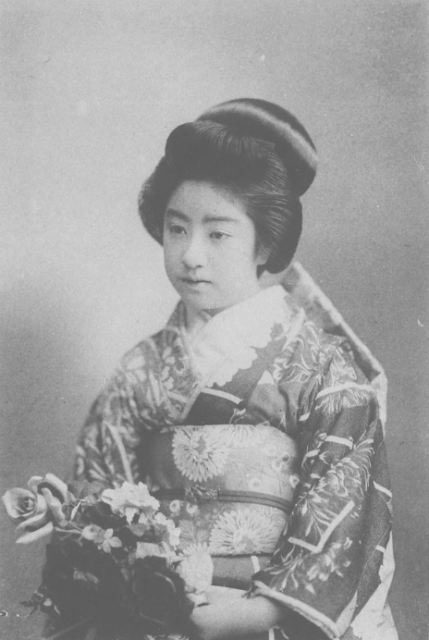
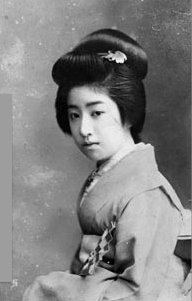
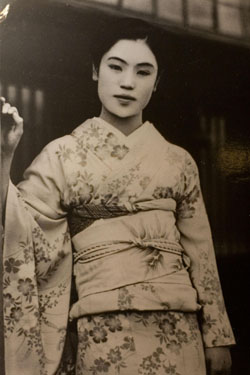
World War II brought a huge decline in the geisha arts because most women had to go to factories or other places to work for Japan. The geisha name also lost some status during this time because prostitutes began referring to themselves as “geisha girls” to American military men. In 1944, the geisha world, including the teahouses, bars and geisha houses, was forced to close, and all employees were put to work in factories. About a year later, they were allowed to reopen. The few women who returned to the geisha areas decided to reject Western influence and revert to traditional ways of entertainment and life. “The image of the geisha was formed during Japan’s feudal past, and this is now the image they must keep in order to remain geisha”. It was up to these returning geisha to bring back traditional standards in the profession, though with increased rights for the geisha:
After Japan lost the war, geisha dispersed and the profession was in shambles. When they regrouped during the Occupation and began to flourish in the 1960’s during Japan’s postwar economic boom, the geisha world changed. In modern Japan, girls are not sold into indentured service. Nowadays, a geisha’s sex life is her private affair
— Liza Dalby, Do They or Don’t They?
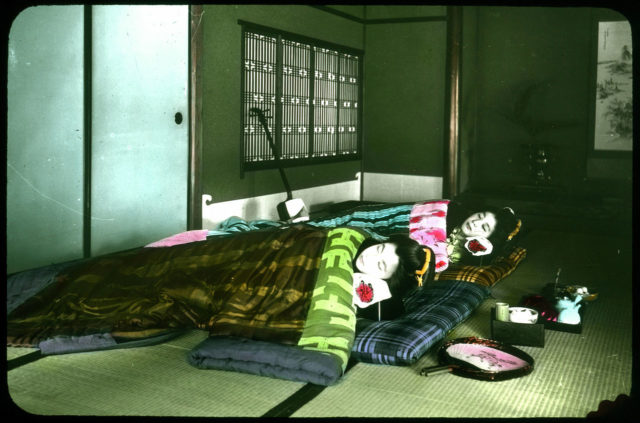
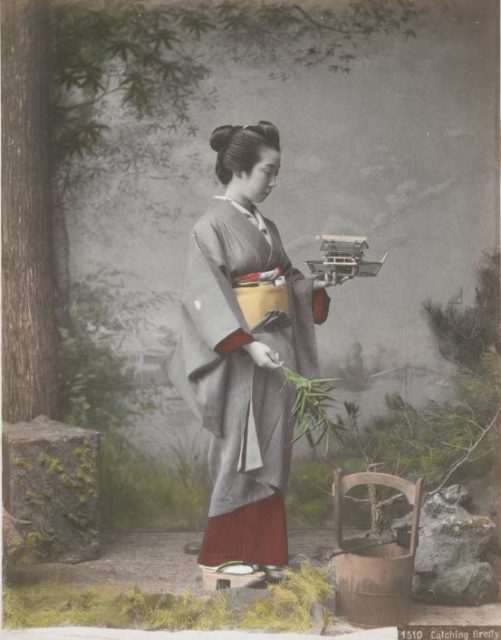
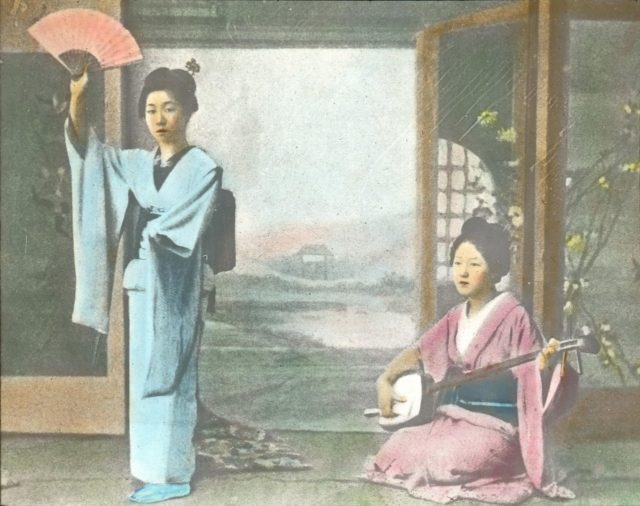
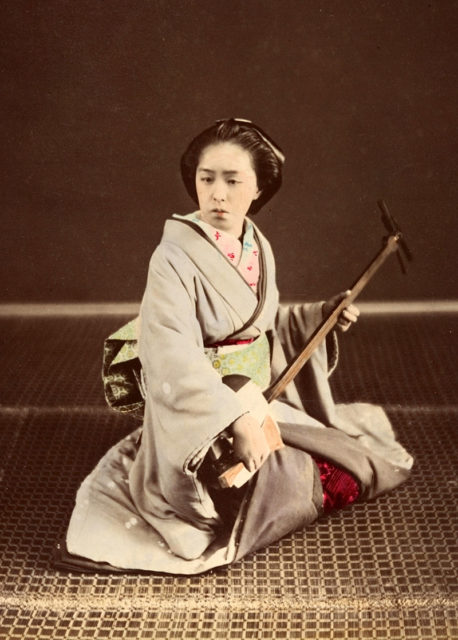

There were many rumors that stated before the war, a maiko’s virginity would be auctioned (the original “mizuage”), but this was confused with the girls who were apprentices to yujo and courtesans. This practice was completely outlawed in 1959. Compulsory education laws passed in the 1960’s made traditional geisha apprenticeships difficult, leading to a decline in women entering the field.
In her book Geisha, a Life, Mineko Iwasaki said: “I lived in the karyukai during the 1960’s and 1970’s, a time when Japan was undergoing the radical transformation from a post-feudal to a modern society. But I existed in a world apart, a special realm whose mission and identity depended on preserving the time-honored traditions of the past.
